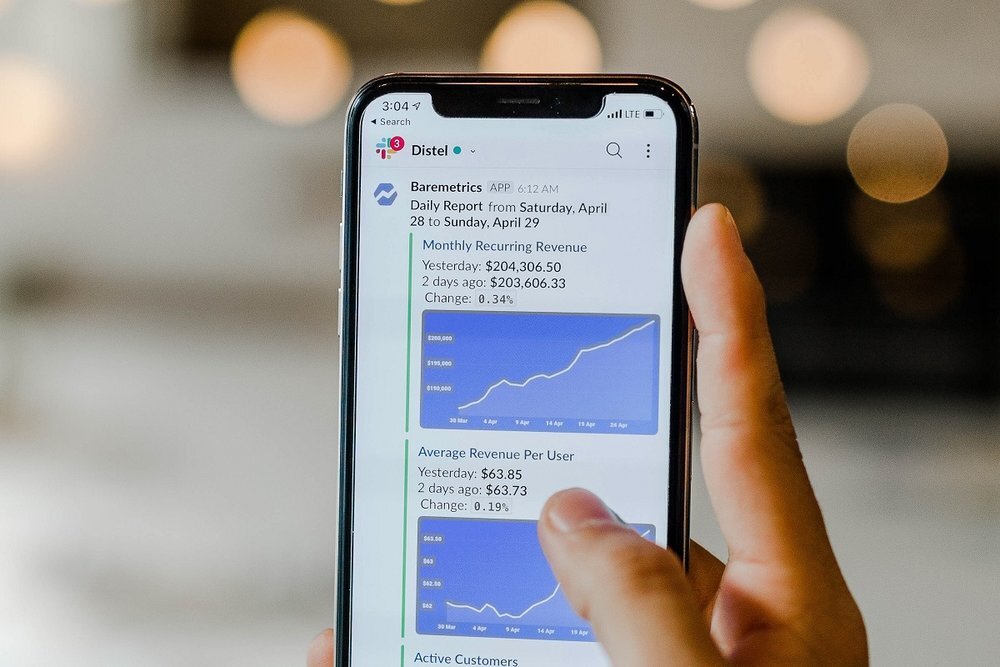5 Best Practices for Collaboration with Freelance Teams
Countless entrepreneurs have now discovered the benefits of hiring freelancers to help grow their business. By leveraging a worldwide talent pool, businesses large and small can quickly ramp up projects without the tradition months-long recruitment window. Many large companies now hire freelancers under long-term contracts to fill central, highly-skilled positions.
There is a big difference, however, when collaborating with freelancers vs. traditional full-time employees. Freelancers are self-employed and are not tied to the stability of a long-term career with one company. Sure, they may contribute to your brand’s mission for ten years and beyond, but they often have multiple streams of income. Freelancers often chose contract employment so they can focus on projects that pique their interest and tap into their niche skills.
Freelance teams require unique resources to enable efficient collaboration. If you are managing a team made up for 5, 10, or 20 freelance contractors, it is vital to put systems into place that allow for an open flow of creativity and keep everyone focused on the central goals at hand. Here are five best practices you can use to collaborate with freelance teams effectively.
1. Concentrate on Shared Fundamentals
Freelance teams are often built with skilled specialists from profoundly different backgrounds. For example, if your project revolves around creating a new app, you might have two software developers, a brand manager, a copywriter, and a public relations expert. Each comes to the virtual table with their objectives and expectations, so it’s essential to bring people together from the beginning.
At the very first meeting, concentrate on shared fundamentals that everyone needs to know: the problem your app will solve, the demographics the app will serve, and the type of message you want to convey. Each freelance contractors will be responsible for upholding some component within each of these areas. By discussing these matters upfront, everyone gets a chance to understand their contribution, and how that works together with the team as a whole.
2. Take Collaborative Notes
Freelance teams, especially those with people at remote locations, can occasionally move in diverging directions after the end of a brainstorming session. Everyone seems to be on the same page while the teleconference is in progress, but then something goes wrong. Collaborative notes are a great way to prevent this.
Notejoy is an app designed to allow multiple users to contribute thoughts and ideas quickly and in an organized way. Each time you and your team have a conference call, distribute a page link to everyone and ask them to put all of their notes into the shared document. This creates 100% visibility to all unique takeaways from the meeting, and everyone can see the action items assigned to the team. Any misunderstandings can be identified and resolved before the meeting is adjourned.
3. Pick an Official Messaging Platform
You cannot manage a team of freelancers without online messaging. Messaging platforms allow for ongoing communications, in one-on-one conversations, and groups. Each contract employee will likely have their messenger of choice, so it’s critical to pick an official app that everyone must use.
One of the most popular messaging apps designed specifically for professional teams is Slack. It allows you to create channels, so groups of freelancers can maintain searchable conversations around the same topic. Users can also tag individual messages to make detailed statements easy to find later on. If video calls are essential for your team, Skype is also an excellent choice. With Skype, you can integrate text, image, voice, and video conversations all within the same chat.
4. Use Combined Online Documents
Combined documents are beneficial in similar ways to the shared meeting notes. Each time a spreadsheet or presentation deck is saved offline, then revised, then re-distributed, you run the risk of someone not receiving the most up-to-date version. With online documents, everyone makes edits in real time, and all changes are immediately visible. Instead of 17 versions of last month’s activity report floating around, you have 1!
Another advantage of hosting documents online is accessibility. If your team works from a combination of mobile devices and PC workstations, there is no need to save or send documents between machines. Just open the shared link, and you are ready to edit. Google Drive has many useful collaboration features, and the first 15 GB of storage are free with each account.
5. Develop Your Own Freelancer Network
Building a network of preferred freelancers will help you get new projects started more quickly and efficiently. Just as with traditional full-time employees, developing working relationships with people helps you better understand their top skills and their limitations. At the end of any project, do a quick evaluation of each freelancer's work, and keep your notes on file. Instead of vetting brand new freelancers for every project, use your existing network to get things rolling right away.
Many freelancers have memberships at coworking spaces and have existing relationships with other professionals. When a new company need arises, ask for referrals from within your existing team. You’ll likely discover they have previous experience collaborating with someone that meets your needs perfectly.



